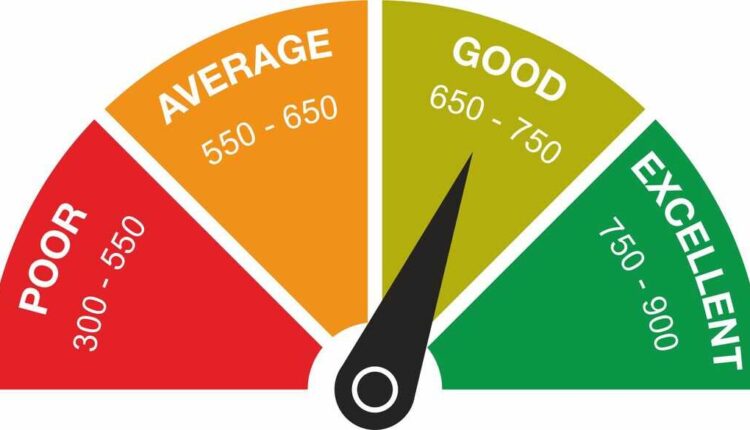How Credit Utilization Ratio Impacts Your Credit Scores
Do you rely on your credit cards for most online shopping activities? Then you must be aware of tips and tricks to use your credit finances wisely so that it doesn’t lower your credit score in the long run, placing you in the “not so preferable” list of lending institutions. You never know when there is an urgency of large funds in life, such as applying for a credit loan for various purposes or seeking a personal loan.
Such as debt consolidation, home renovation, car purchase, etc., to avail such secured forms of personal loans, there are certain parameters that the credit-issuing companies evaluate. The credit utilization ratio is one of them. In this article, let’s explain how it is calculated and its role in determining creditworthiness.
Definition of credit card utilization ratio
In plain sight, whatever part of the available credit we use at a given time is calculated by dividing the available credit balance by the prescribed credit limit. The resulting component is the metric that is taken into account by various credit scoring agencies, and it is advisable to maintain this percentage below 30% to be considered a good credit score. The lower the credit utilization percentage, the higher the chances of funds approval because loan providing institutions gain assurance that you don’t rely heavily on credit limits for your essential and non-essential requirements.
Why does this ratio affect credit scores?
From the lender’s perspective, a person who constantly charges on credit limits going over the limit regularly is more likely to default on their loans repayment. On the other hand, a person who only charges on credit limits a little, except for smaller funds sometimes or less often, is more likely to repay the loan on time.
Even if the person is using multiple cards, the credit utilization ratio will be calculated by adding up all the available balances of all the cards, then dividing it by total credit limits and multiplying it by a hundred will give the ratio percentage. Multiple calculators available online can calculate the utilization ratio and present this ratio as part of the report for the credit monitoring services.
How to keep the credit utilization ratio in check?
- Although the utilization ratio doesn’t remain constant as the borrowers keep making credit purchases and sometimes instant loan repayments, the lending institutions’ timeframe to send the report to credit score calculating agencies impacts the ratio. So, when borrowers are on the debt payment terms, they need to wait patiently for the ratio percentage to come down, as it may take two or more credit statement cycles to achieve that.
- Another trick to keep the credit score in check is diversifying your expenses among multiple credit cards. Short credit history on a single card may have adverse effects on credit scores. At the same time, the long credit history of numerous cards can minimize this effect.
- Making credit card payments more than once a month is another method of maintaining lower credit balances because credit issuing companies prepare monthly reports of credit card transactions and fees. So, if recurring payment minimizes the balance, this will automatically lower the utilization ratio.
What are other factors on which credit score depends?
Apart from the credit utilization ratio, other factors that play a vital role in determining credit scores are the average age of open credit lines and the percentage of on-time payments.


Comments are closed.